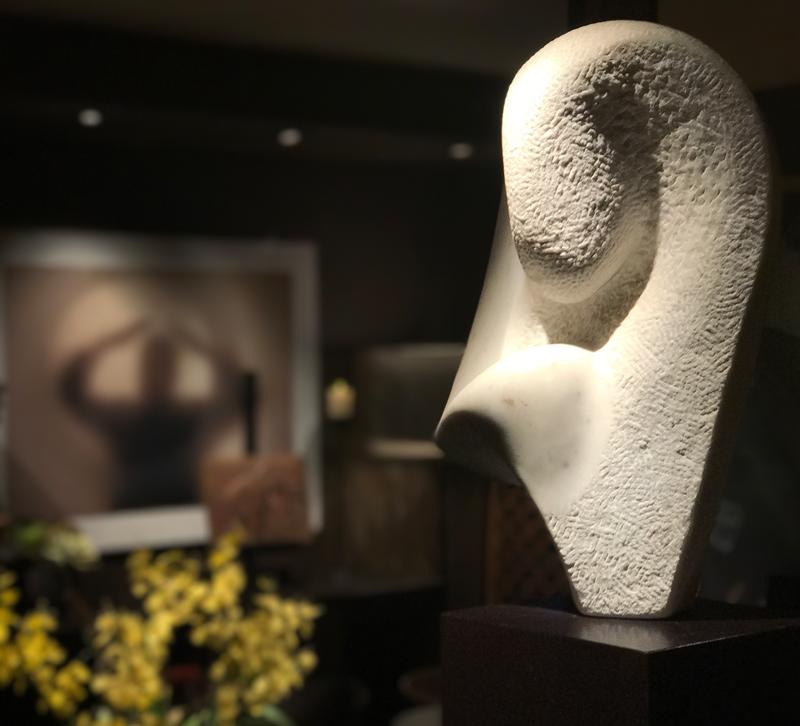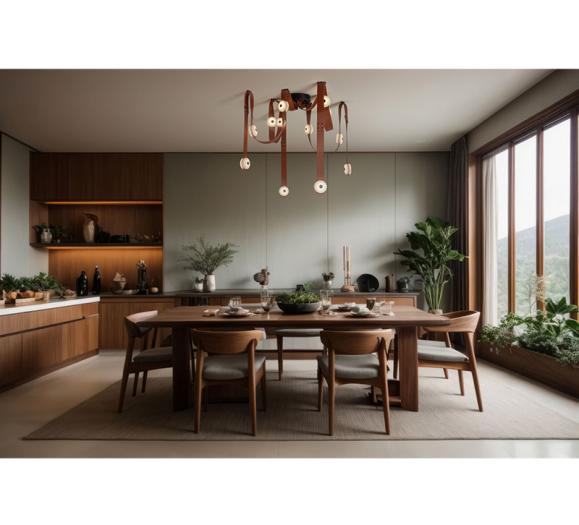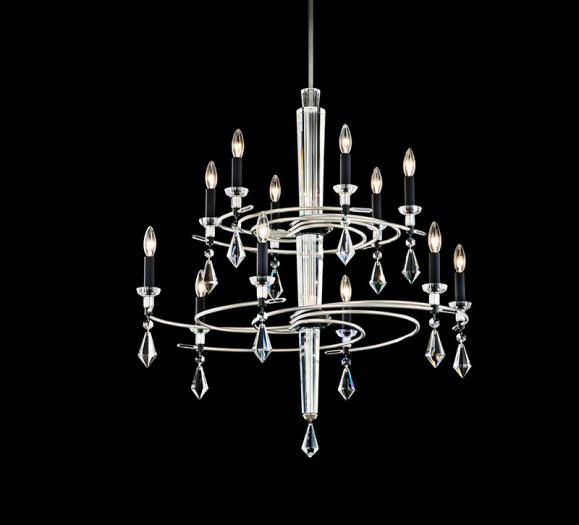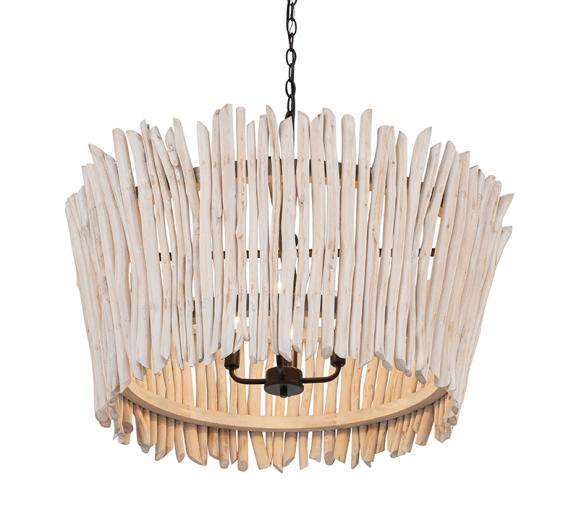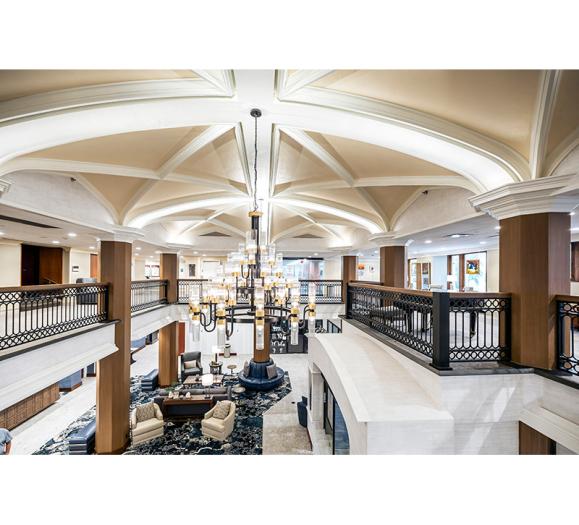Good lighting design uses various types of illumination to create an inviting overall environment. As you have heard me say before, the best lighting happens when you layer different types of lighting together. Understanding these different functions will help you design the lighting most effectively. The 4 functions of light are: task, ambient, accent and decorative.
Here is a little bit more of a description of what each of these types of light add to the overall feel of the space:
- Task: Lighting by which you do work, such as the under cabinet lighting in the kitchen, lighting in the closet or a reading lamp.
- Ambient: This is the gentle fill light for a room. It softens shadows on people’s faces and fills the volume of the space with a warm glow, as if the room were being filled with the light of a roaring fire. Ambient light comes from illumination that is bounced off the ceiling. Such sources as opaque wall sconces, torchieres, pendant hung indirect fixtures, and cove lighting can be used to create the ambient light.
- Accent: Lighting used to highlight objects in a space. This adds depth and dimension to an environment. Recessed adjustable fixtures, track lights, portable uplights and directional landscape lights all fall into this category.
- Decorative: These are what I like to call architectural jewelry. Their main purpose is to look pretty. They help add sparkle to a space. Chandeliers and candlestick-type wall sconces fall into this category. They should not be used as the workhorses for lighting a room. When they are too bright they can visually overpower the other elements of the design.
In this month’s blog, I want to zero in on accent lighting. What tends to be seen in the design magazines all the time is the overuse of accent light. Every painting plant, and tchotchke has been illuminated vividly, but the seating areas fall into darkness. What this tells people is that what you own is more important than your family and friends. This type of lighting can be very dramatic … and great for magazine spreads, but who was to live with high drama every day?
Accent lighting should be a part of the lighting design team, not the sole player. Well done accent lighting draws your eyes around the room. It helps keep it visually interesting. It also helps create little islands of illumination, adding depth and dimension to the overall look of the space. When the room is done only in accent lighting, it creates what is called the Museum Effect, where it feels like you were looking at displays in the Whitney instead of being in someone’s home.
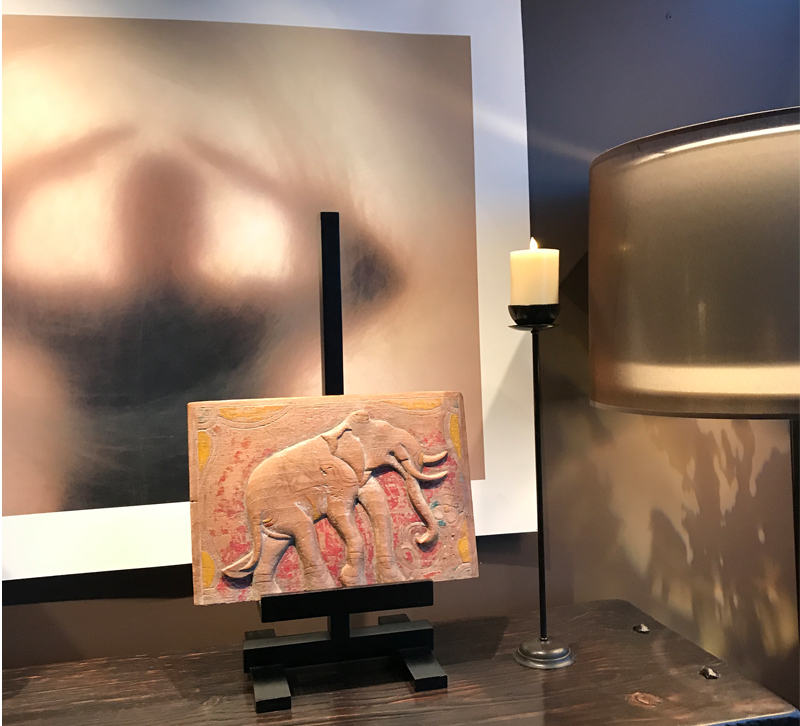
For me, the best accent lighting comes from low profile recessed adjustable fixtures with small apertures. They allow the art to be the focal point instead of the light source, itself. Many lighting manufacturers offer this type of fixture with integrated LED components. They can even be ordered with warm-dim technology, which allows the illumination to become warmer in color as it is dimmed to match the look and feel of incandescent lighting. However, these fixtures can be pretty expensive. An alternative would be to use low voltage (12 V) or line voltage (120 V) MR 16 bulbs. I particularly like the newer 120 V versions that do not require transformer or driver. This helps keep costs down and eliminates one component. If you decide to go this route make sure to use a bulb that has a color rendering index (CRI) of 90 or higher and a color temperature (Kelvin) which is pleasing to your eye.
Here is a little information about color temperature that should be helpful:
3000° Kelvin is the color of halogen, but I think it is a little too cool for a residential interior. It is great for landscape lighting, though. 2700° Kelvin is the color of incandescent light at full brightness. Many people like this color, but for me personally it is still a little too white. I am partial to a 2400° Kelvin, which is the color of dimmed incandescent. You can also get filters to warm up the color, soften or tighten the beam spread or elongate the spread of light. I also recommend you put the lights on a dimmer. Make sure you select one that is compatible. The bulb and lighting fixture manufacturers will list which dimmers work best with their bulbs on their specification sheets. Because LED bulbs draw less power, those dimmers which are made for regular incandescent bulbs, will not dim the LEDs to be completely off.
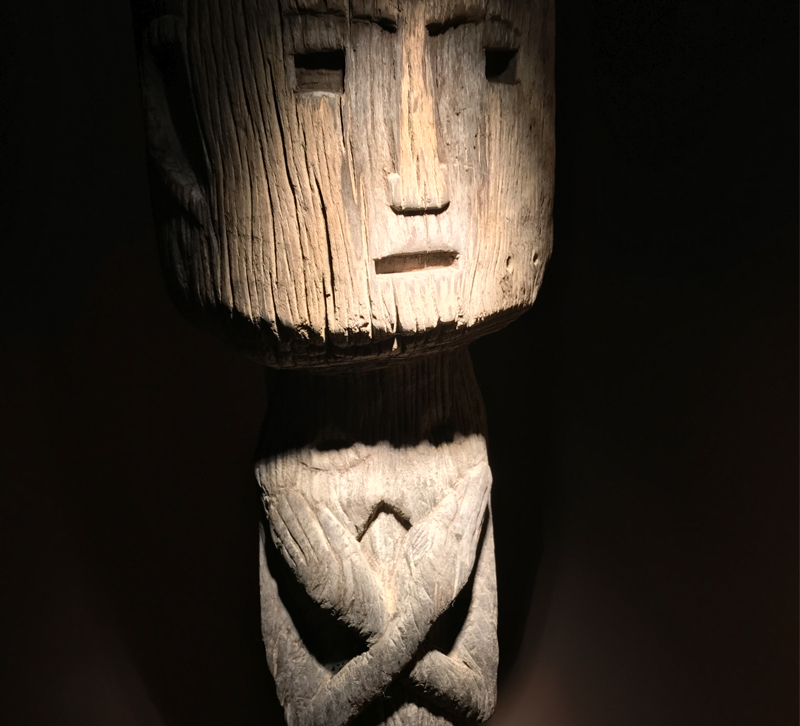
The Bottom Line: By layering these four functions of light together you can create an environment that welcomes visitors into the space, while providing usable light for day-to-day activities. Getting a feel for these terminologies will get you on the right path to understanding how light can work for you. Remember, accent lighting is just one element.



